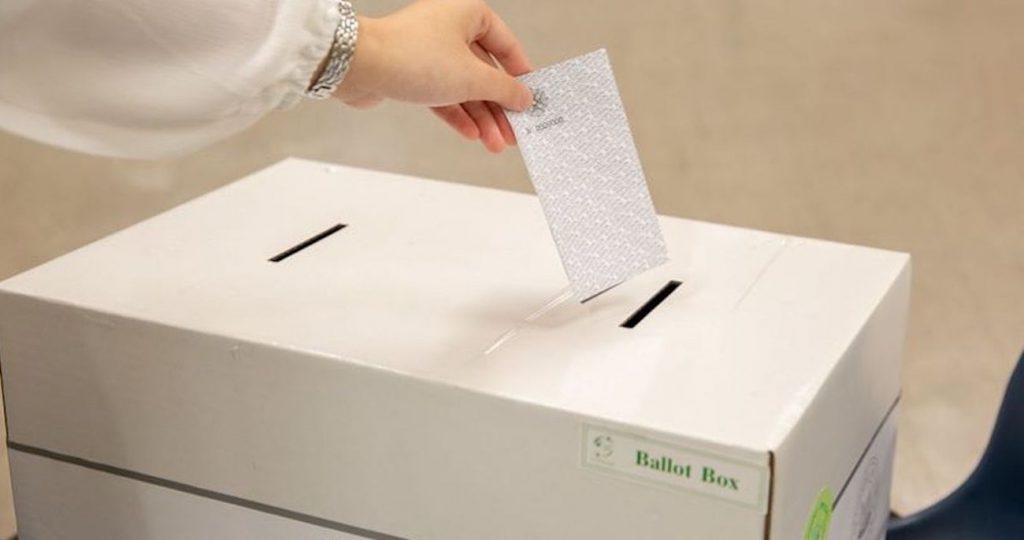Singapore is well into the election season, and is set to hold its general election (GE) on July 10.
Since its Nomination Day on June 30, campaigning has gone into full swing. Candidates have been spotted reaching out to voters on the ground islandwide and on social media as well.
Now that we are just a few days away from Polling Day, here’s an explainer on a sample count — what is it and how does it differ from the election result?
After all the votes are cast, Singaporeans will be anticipating the results of the election. However, before the votes are counted, a sample count is performed first.
What Is A Sample Count?
A sample count provides an early indication of the possible election results.

After voting closes, ballot papers from the 833 polling stations islandwide will be put in sealed boxes and transported to counting centres.
A counting assistant picks up 100 random ballot papers from each polling station and counts the number of votes for each candidate or group (in the case of GRCs).
The votes will then be added up and weighted according to the number of votes cast at each polling station.
The results from the sample count will then be disseminated to the media and published on the Elections Department (ELD) website.
Why Do We Need A Sample Count?
The sample count aims to prevent unnecessary speculation and reliance on unofficial sources whilst the counting process is still underway.
GE 2015 marked the first time the sample counts were released to all the Group Representation Constituencies (GRCs) and Single-Member Constituencies (SMCs).
Prior to the last elections, sample counts were conducted for internal use by the ELD only. In the 2011 election, candidates could request for the sample count to be made known to them.
Releasing the sample counts to the public is even more relevant for the GE 2020, when a large population of the electorate is more networked and media-savvy. This could lead to the proliferation of unreliable information.
In 2015, Institute of Policy Studies senior research fellow Gillian Koh noted that Singaporeans have become more “impatient for news” and “more networked”, adding that conflicting rumours could fire up emotional sentiments.
How Accurate Is A Sample Count?

In the 2015 elections, the difference between sample counts and actual results ranged between zero to three per cent. This was well within the error margin.
The ward with the largest difference between the sample count and actual results was MacPherson SMC. There, the PAP’s final vote share ended up 2.6 per cent higher than it was reported to have in the sample count.
For the upcoming general election, an “automatic” recount will be carried out if the difference in votes between candidates contesting a constituency is two per cent or less. Previously, candidates or counting agents had to apply for a recount.
To add on, mechanical counting machines will be deployed this time around to speed up the counting process.
However, a manual count of the ballot papers will still take place. According to ELD, the first round of counting will be done manually, and a second round will be done using the machines.
Check out our GE 2020 microsite for the latest election-related news, find out which constituency you belong to, and who’s running where on the election battleground here.











